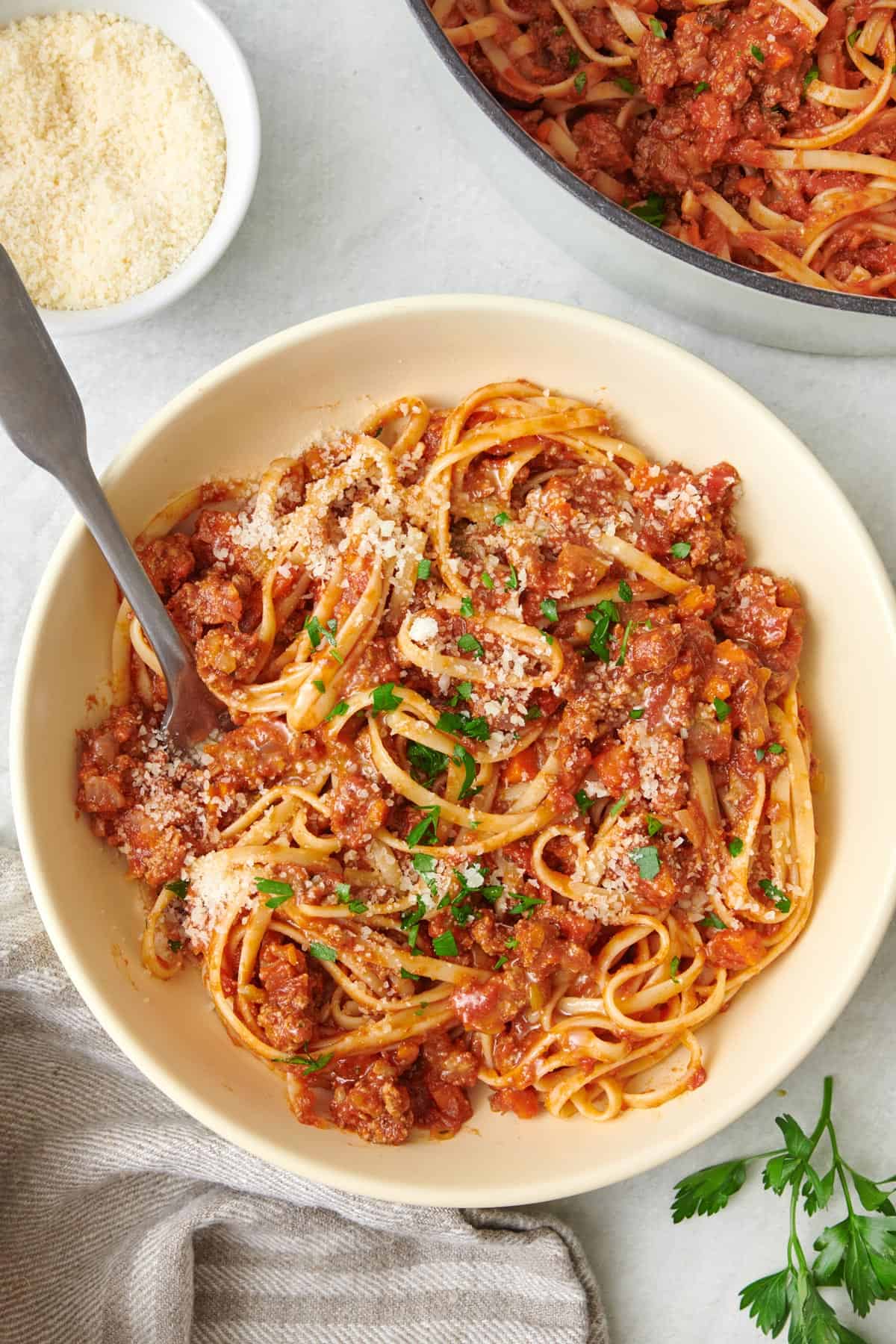Homemade Pasta Shapes That Are Enjoyable and Easy to Make

**Homemade Pasta Shapes That Are Enjoyable and Easy to Make**
Making pasta from scratch is a rewarding and delicious experience that connects you with centuries of culinary tradition. While store-bought pasta is convenient, homemade pasta offers unmatched freshness, texture, and flavor. One of the most enjoyable aspects of making pasta at home is shaping it. You don’t need fancy equipment or years of training to create beautiful and tasty pasta shapes. In fact, many traditional shapes are surprisingly easy to make with just your hands or a few basic tools.
Here are some homemade pasta shapes that are both enjoyable and easy to make, perfect for beginners and seasoned home cooks alike.
—
### 1. **Fettuccine**
**What it is:** Fettuccine is a flat, ribbon-like pasta that pairs well with creamy sauces like Alfredo or hearty meat ragùs.
**How to make it:**
– Roll out your pasta dough into thin sheets using a rolling pin or pasta machine.
– Lightly flour the sheet and fold it over several times.
– Use a sharp knife to cut strips about ¼ inch wide.
– Unfold the strips and dust with flour to prevent sticking.
**Why it’s easy:** The uniform shape and size make it simple to cut by hand, and it doesn’t require any special tools beyond a knife.
—
### 2. **Pappardelle**
**What it is:** A wider cousin of fettuccine, pappardelle is ideal for rich, chunky sauces like wild mushroom ragù or braised meats.
**How to make it:**
– Roll out the dough into thin sheets.
– Cut into wide strips, about ¾ to 1 inch wide.
– Dust with flour and loosely nest the strands.
**Why it’s easy:** The wide ribbons are forgiving and don’t require precision. They also dry well and are less likely to stick together.
—
### 3. **Orecchiette**
**What it is:** Meaning “little ears” in Italian, orecchiette are small, concave discs that hold sauces beautifully.
**How to make it:**
– Roll the dough into a long rope about ½ inch thick.
– Cut into small pieces (about the size of a fingernail).
– Using your thumb or a butter knife, press and drag each piece to form a small cup shape.
**Why it’s fun:** The shaping process is tactile and satisfying, and kids love helping with this one.
—
### 4. **Cavatelli**
**What it is:** Small, shell-like pasta with a slight curl, cavatelli is perfect for catching chunky sauces or tossing with vegetables.
**How to make it:**
– Roll the dough into ropes and cut into small pieces.
– Press each piece with your thumb or roll it along a gnocchi board or fork to create ridges.
**Why it’s easy:** No need for a pasta machine—just your hands and a fork will do.
—
### 5. **Garganelli**
**What it is:** A tubular pasta similar to penne but with a distinctive diagonal seam and ridges.
**How to make it:**
– Cut pasta sheets into small squares (about 2 inches).
– Roll each square diagonally around a wooden dowel or pencil, pressing it against a gnocchi board or fork to create ridges.
**Why it’s enjoyable:** It’s a creative shape that looks impressive but is simple once you get the hang of the rolling technique.
—
### 6. **Mafaldine**
**What it is:** Long, ribbon-like pasta with ruffled edges, named after Princess Mafalda of Savoy.
**How to make it:**
– Roll out the dough into thin sheets.
– Use a fluted pastry wheel to cut long strips with wavy edges.
**Why it’s easy:** The fluted cutter does most of the work, and the shape adds elegance to any dish.
—
### 7. **Tagliatelle**
**What it is:** Similar to fettuccine but slightly narrower, tagliatelle is a traditional pasta from the Emilia-Romagna region of Italy.
**How to make it:**
– Roll out the dough and cut into strips about ⅓ inch wide.
– Dust with flour and form into loose nests to dry.
**Why it’s a favorite:** It’s a classic shape that’s easy to master and versatile in many dishes.
—
### Tips for Homemade Pasta Success
– **Use the right flour:** A combination of all-purpose and semolina flour gives pasta a good balance of elasticity and bite.
– **Rest your dough:** Letting the dough rest for at least 30 minutes makes it easier to roll and shape.
– **Keep it floured:** Lightly dust your work surface and pasta shapes with flour to prevent sticking.
– **Dry before storing:** If not cooking immediately,